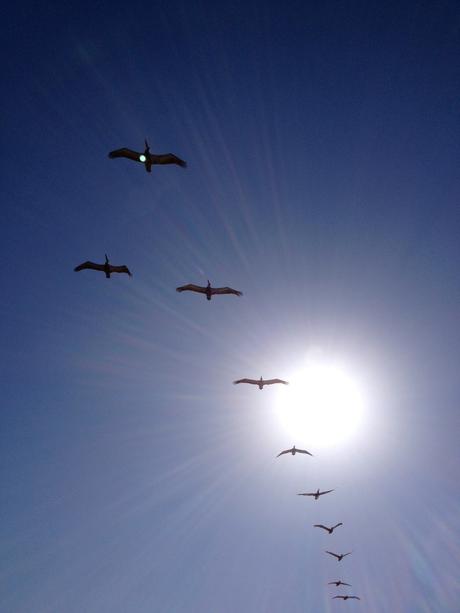Bird identification must be one of the trickiest activities known to humankind. My office window overlooks a small segment of a porch roof that is popular with birds. Whether it’s pecking at some invisible specks on the shingles or dipping a sip from the gutters, they stop by often during the day. Maybe my brain wiring is odd, but since I was a child I wanted to be able to identify correctly any animal I saw. We had a few of those Zim Golden Nature Guides that I poured over like a second Bible. I would study page after page, repeatedly, until I could identify just about any critter I came across. It seemed, in those days, that all birds were sparrows, starlings, or robins. There was the occasional blue jay or cardinal, but usually it was the more ordinary, less colorful variety. Birds are symbols of hope. Their lightness and ability to fly are what human dreams are made of.

I’m not an avid bird watcher, but I do try to identify them. I see bald eagles occasionally, several times a year usually, and plenty of red-tailed hawks. Once in a while, however, a smallish bird hops by that resembles nothing in my field guides. In frustration I turn to Cornell University’s bird identification app, Merlin. Almost never can they find anything like what I saw. Maybe it’s because the app asks the wrong questions. Never do they say “was the tail long, medium, or short?” for example. Things you’d actually notice. They do ask where you saw it, and “on the roof” isn’t an option, let alone “on the roof overlooking my porch.” I saw an interesting bird the other day that was all gray. Bill and all. I saw it next to a starling, from which it was clearly distinct. It wasn’t in my book and it wasn’t on Merlin. What could it have been?
This isn’t the first time this has happened. Strangely, bird color isn’t always a reliable indicator of species although this is what the viewer tends to notice first. To make positive identification takes close observation of details most people don’t immediately catch. The more common species are seldom an issue, but the less showy kind are often more difficult to identify. This strikes me as a life lesson. We may all know who the showiest are, but those more modest of our avian friends likely live lives of greater satisfaction without people constantly chasing after them. At least I imagine it so, since I can’t find a write-up about them in my identification guides. But I can still watch them and gain hope.
